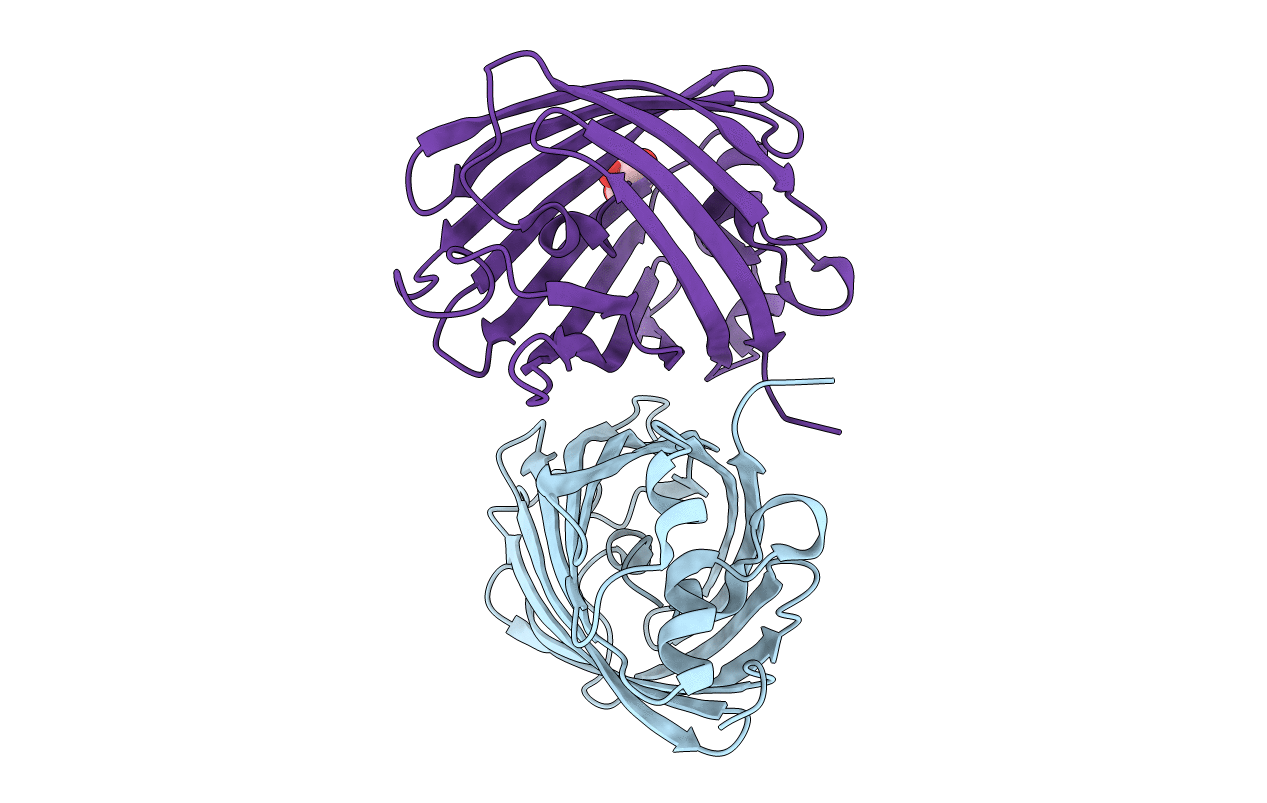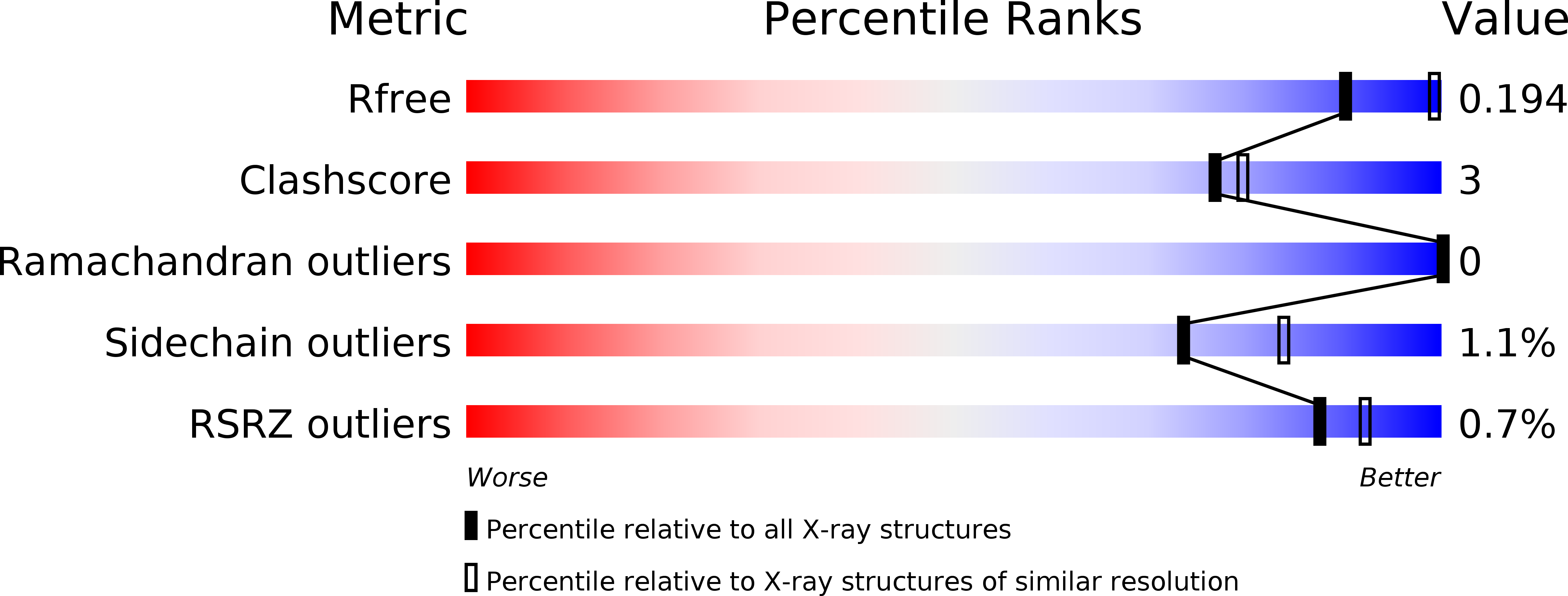
Deposition Date
2013-02-27
Release Date
2013-09-18
Last Version Date
2024-11-06
Entry Detail
PDB ID:
4JEO
Keywords:
Title:
Crystal structure of red fluorescent protein lanRFPdam exposed to prolonged X-ray irradiation
Biological Source:
Source Organism:
Branchiostoma lanceolatum (Taxon ID: 7740)
Host Organism:
Method Details:
Experimental Method:
Resolution:
2.35 Å
R-Value Free:
0.19
R-Value Work:
0.14
R-Value Observed:
0.15
Space Group:
P 64 2 2


